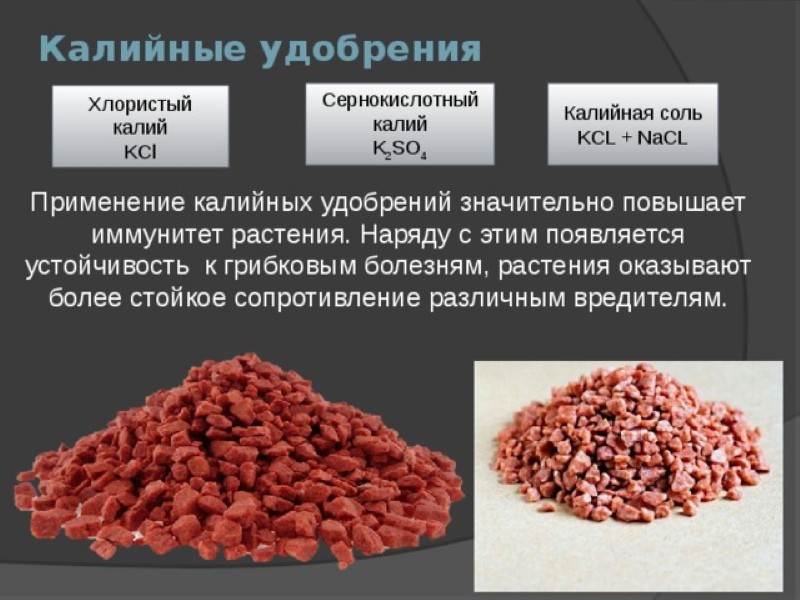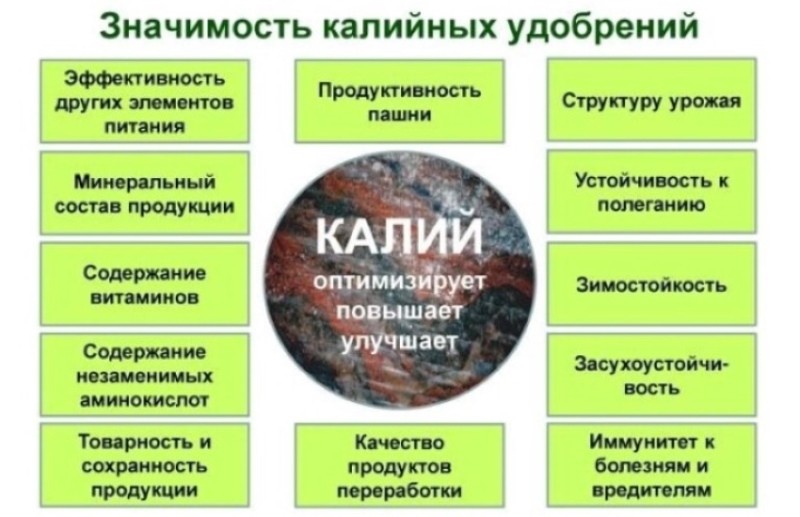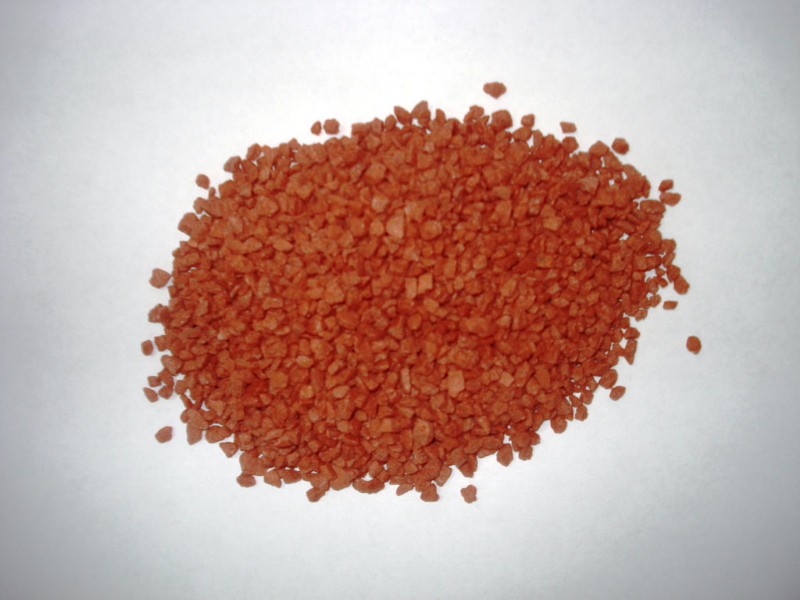For active growth and immunity - potash fertilizers, their importance and use for plants
 We plant trees and shrubs in the garden, and in the garden potatoes to have our fruits, berries and vegetables, we grow flowers in flower beds to admire their flowering. Did you know that potassium is vital for all these crops? It is potash fertilizers, their importance and use in all areas related to the cultivation of any crops that are the key to healthy development. With a deficiency of this element in plants (it does not matter at all which ones), immunity is weakened. They grow poorly, bear less fruit, hibernate worse and often get sick. Therefore, potash top dressing is part of the mandatory measures for your garden and vegetable garden to be healthy, develop well and produce a harvest every year.
We plant trees and shrubs in the garden, and in the garden potatoes to have our fruits, berries and vegetables, we grow flowers in flower beds to admire their flowering. Did you know that potassium is vital for all these crops? It is potash fertilizers, their importance and use in all areas related to the cultivation of any crops that are the key to healthy development. With a deficiency of this element in plants (it does not matter at all which ones), immunity is weakened. They grow poorly, bear less fruit, hibernate worse and often get sick. Therefore, potash top dressing is part of the mandatory measures for your garden and vegetable garden to be healthy, develop well and produce a harvest every year.
Potash fertilizers - their meaning and application

Potassium retains heavy soil such as loam for the longest time. On peat soil, potash fertilization is necessary more often, since its accumulations are quickly exhausted.
It is possible to determine that plants lack potassium by the following signs:
- growth slows down;
- the stems stretch out and become thin;
- the buds are smaller or they are not at all;
- fruiting worsens, its quantity and quality decreases;
- foliage becomes yellow or blue, wrinkles or brown spots appear on it;
- cultures are often sick.
What potash fertilizers are used in the garden and vegetable garden
The use of potash fertilizers depends on their specific type. Some preparations are best applied in the fall, but most can be used throughout the spring and summer.
Among the drugs that are most often used for fertilizing fruit and berry and vegetable crops, most of all potassium contains:
- Potassium chloride (60%). It contains chlorine and strongly acidifies the soil. Therefore, despite its benefits, it is not recommended on acidic soil and for berries and vegetables.

- Potassium salt (40%). Also, due to chlorine, it is not suitable for all plantings. It is introduced mainly in the fall.

- Potassium sulfate (50%). Suitable for all types of plants, can be used throughout the growing season.

- Potassium carbonate (50%). Most effective on potatoes. You can add it at any warm season.

- Potassium nitrate (potassium 37% plus nitrogen).More suitable for spring application on fruiting crops.

- Kalimag (potassium content 20%).

- Kalimagnesia (potassium fraction 32%).

- Nitroammofosk (potassium content 16%).
